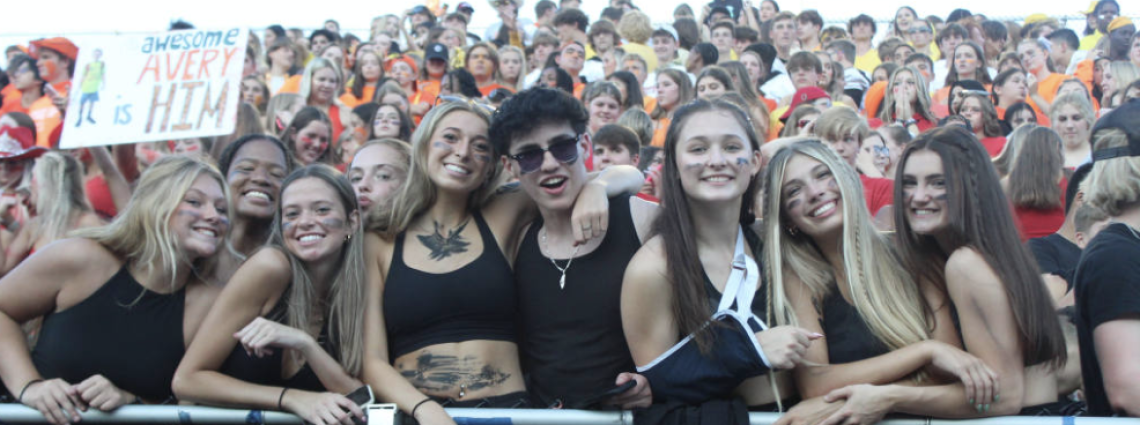By Erin Bond

While Martin Luther King, Jr. only visited Toledo once, his name, influence, and even image remain in this city as remnants of the life he lived and the values he lived, and died, for. Some of Toledo’s most well-known locations, namely the Martin Luther King, Jr. Bridge and the Dr. Martin Luther King, Jr. Plaza (the Amtrak Station), bear his name, and a number of other institutions do as well: the MLK Kitchen for the Poor; MLK, Jr. Academy for Boys; King Elementary School; and even Martin Luther King, Jr. Avenue. A larger-than-life, colorful mural on an abandoned building on Broadway Street bears his image.
Dr. King’s visit to Toledo happened on September 22, 1967—less than seven months before his assassination—during which he spoke to 3,500 in the Scott High School fieldhouse and attended a reception and press conference at the Maumee home of Edward Lamb, a famous American businessman and labor lawyer.
Dr. King’s speech at Scott High School addressed a national and global scope of events, particularly the economic situation of African Americans, nonviolent protests, and even the war in Vietnam. Perhaps most relevant to Ohio and Toledo’s coming years, however, were King’s comments on de facto segregation—that is, segregation that persisted beyond, or in spite of, the law.
After the 1954 ruling of Brown v. Board of Education made segregation illegal, civil rights groups began to challenge school systems, resulting in lawsuits to many school systems in Ohio and other states. According to the Ohio History Connection, “As late as 1986, federal courts were still involved in ending segregation in Ohio’s schools.” In Ohio, many white people moved out to the suburbs to avoid integration, leaving African Americans and other minorities in the inner city.
De facto segregation remained a problem at the beginning of the twenty-first century due to limited funding for busing for students, which had been used over the past 30 years as a means to integrate schools in the cities. And it remains an issue today; at the very school where Dr. King gave his speech, Scott High School, the student makeup in 2018 was 93% African American, 3% white, while the adjacent district of Ottawa Hills has a student population of 83% white and 3% African American.
MLK day gives us a chance to look back and consider what’s changed, what hasn’t, and what we still can learn from his visit a little over fifty years ago. As it is written on the MLK Jr. mural on a rundown building, we are “still dreaming” of this city.
